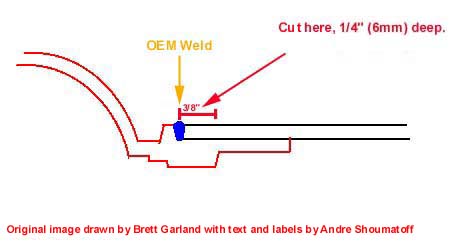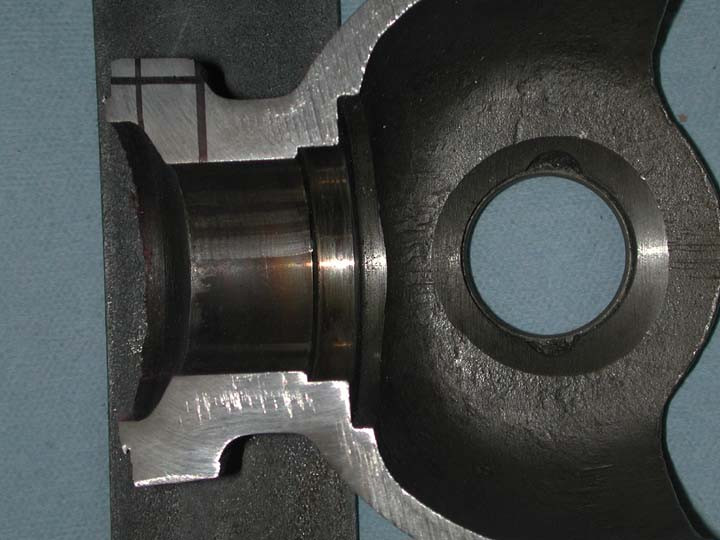
Comments - Questions/Answers
From: Butch Lewis [mailto:butchblt@pacbell.net]
andre,
that is probably the best thought out and written article on soa's i have seen yet. there are things i prefer to do slightly differently but the emphasis on it not being a simple or particullary easy modification are on the money.
i always get a little queasy when i see that guy with the giant torch
at work though. i have never found it neccesary to heat the tube to rotate the knuckles. of course i always rotate the knuckles on the truck and i like the digital levels. i also refuse to do a spring over without a shackle reversal. i feel it makes the truck handle better and that is the way toyota engineered theirs on the mini trucks. just my opinion. i like stock shackles, springs, and rancho 9000 shocks. i find that if i use a taller shock tower with 35" tires they get into the fender so i like the stock mounts and build for droop. in order to find spring perches i like i had to build my own. i also prefer to use the front rear spring mount for my front hanger. people always want to buy my shackle reversal kit and i tell them all the parts are on thier truck. i find that with a shackle reversal the aqualu arm is too tall and gets into the frame. i usually do high steer setups now but have never had a rabbit ear fail. i pre heat and weld them then cool them slowly in sand for 24 hours. the story around here is that the wardens were responsible for the soa as we know it today but who really knows.
anyway congratulations on a very good article.
butch lewis
From: Jack Rice [mailto:jrice@darkwing.uoregon.edu
Brian,
I just wanted to add a bit of information for the cut and turn guide
regarding the actual design of the axle and knuckle that is relevant to
the cut and turn process. Andre has used the following sketch drawn by
Brett Garland to illustrate the geometry of the knuckle and outer
housing:

The extra mass of material in the inner knuckle sleeve was added to
allow machining for the oil seal. Although Brett's diagram is generally
correct, it places the oil seal and hence the thickened portion of the
inner sleeve too far inboard, thereby implying that the sleeve is
thicker in the area that the cut is normally made.
Below is a view of a cross section of an actual FJ knuckle and outer
axle housing:

Note that the flange for the oil seal lies outboard from the end of the
actual axle housing and that the inner sleeve starts to narrow very
close to the end of the outer housing. In fact the inner sleeve remains
thick only 1/4" inboard from the end of the housing (which is under the
original weld). By 7/16 of an inch inboard of the end of the housing
(the distance between the two vertical black lines drawn on the cross
section), the inner sleeve is narrow. This means that in the area where
most folks actually cut the housing, the inner sleeve is either steeply
narrowing or is already narrowed to its thinnest point.
If you think this is useful, perhaps you could add it to the comments
section of Andre's article.
Jack Rice
Questions and comments email
andre@collegeinternetsolutions.com
Back
to SOA Main Page
|

